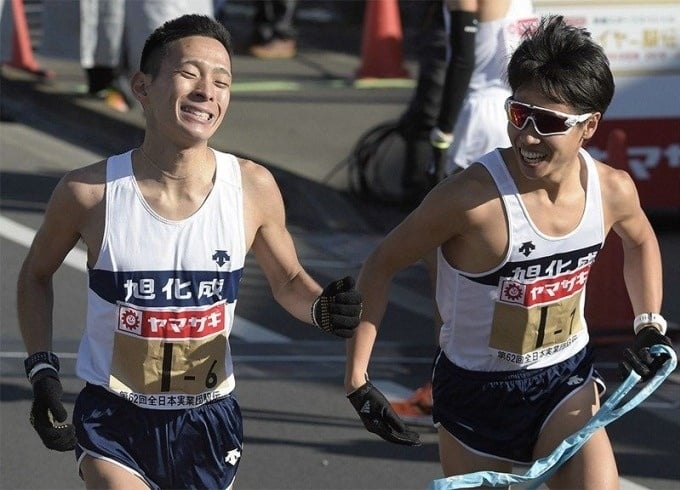 |
Two Japanese athletes pass tasuki strips to each other. |
The media loves to exploit nationalistic motivations and will. Sohn Kee-chung (1936 Berlin Olympic champion) and Suh Yun-bok (1947 Boston Marathon winner and record-breaking runner) are prime examples. They competed to win glory for their oppressed nation and then to rise up after their independence.
Success from the running movement
This is an indispensable factor. In the context of the country's occupation and subsequent reconstruction, the marathon was not only a sport , but also a symbol of national spirit. The victories of Sohn Kee-chung and Suh Yun-bok were a way to affirm the existence, strength and national pride on the international stage. However, that is not all.
Their success came from the training ground of the running movement and systematic training. Although Sohn Kee-chung and Suh Yun-bok are of Korean descent, they were influenced by Japanese training methods. Sohn Kee-chung trained with the Japanese and passed on his experience to Suh Yun-bok.
It must be said that in Japan, marathons have been a well-organized movement since the beginning of the 20th century. Notably, the Ekiden System - a form of long-distance relay running very popular in Japan, is considered the foundation for training marathon athletes. It helps build a strong running culture and create a generation of athletes with outstanding endurance.
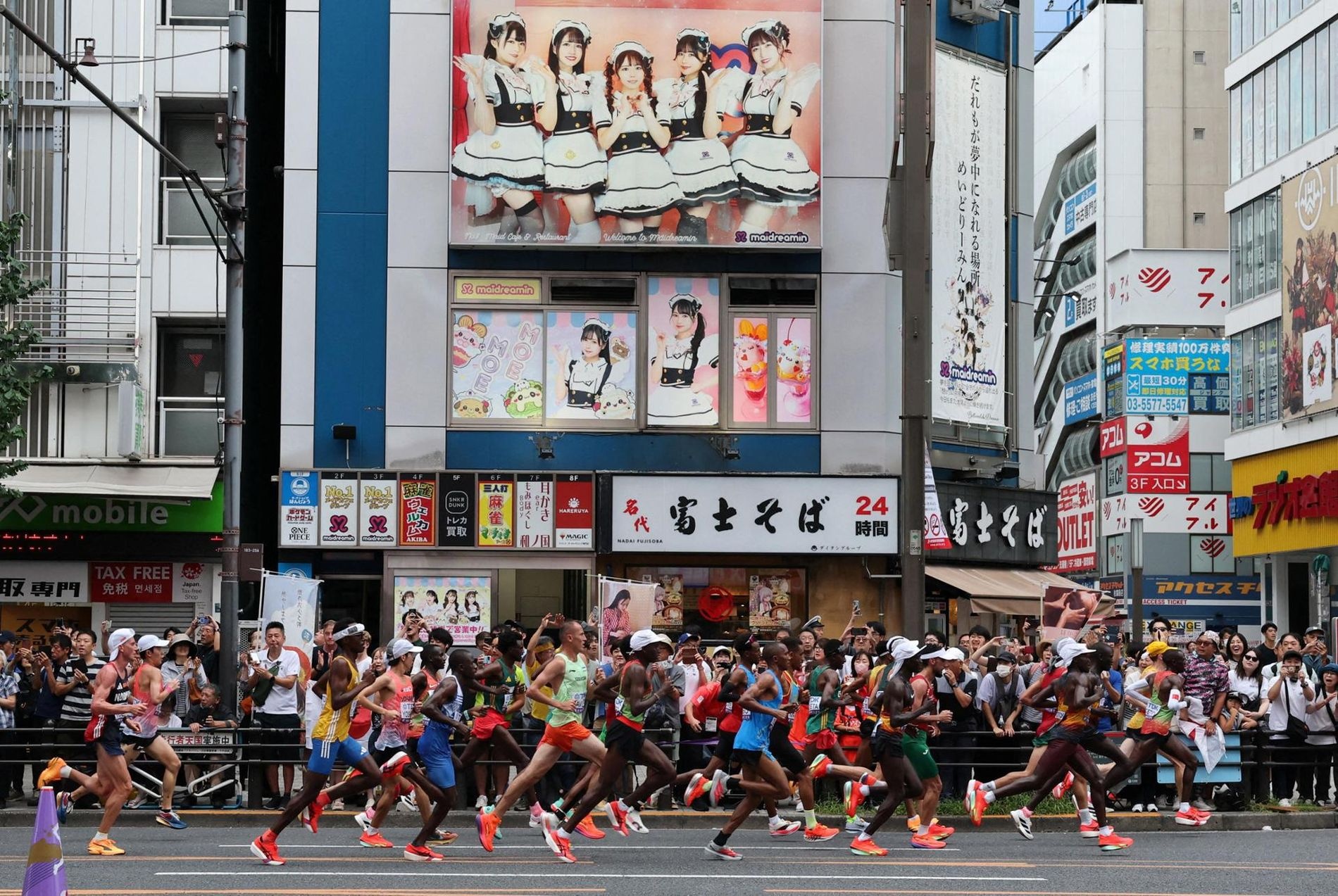 |
The marathon in Japan has a lot of participants. |
Ekiden is a compound word of "eki" (station) and "den" (messenger). The term originates from Japan's ancient messenger system, where relay stations were set up to deliver important documents by horse or man.
In sports, Ekiden is a race in which members of a team take turns running a certain distance to complete a total marathon or ultra marathon distance. What makes Ekiden different from other relay races is that the hand-held object is not a baton but a cloth strip called "tasuki". This strip symbolizes the team's cohesion and sense of responsibility.
Ekiden races are typically very long distances, requiring athletes to maintain high levels of endurance and speed for extended periods of time. Competing and training in such a competitive environment helps them develop superior physical fitness, preparing them well for the 42.195 km distance of a marathon.
Movement but requires high spirit
The outstanding feature of Ekiden is the spirit of teamwork. Ekiden emphasizes team spirit over individual achievement. Each athlete must do their best not only for themselves but also for the glory of the whole team. Passing the "tasuki" is a sacred moment, showing trust and responsibility among the members.
Ekiden is not only a physical race but also a mental battle. Each athlete is under great pressure to run for the team, not just for themselves. This helps them train their will, determination and ability to withstand psychological pressure, important factors to overcome the most difficult moments in a marathon.
Over time, Ekiden has served as an important platform for discovering and training marathon talents. The training and competition regimes in Ekiden events help athletes gain experience, train their endurance and ability to withstand pressure, thereby becoming top marathon runners.
Ekiden races, especially university student races like the Hakone Ekiden, act as a screening and selection system for talent. Young athletes are exposed to potential, attracting the attention of coaches and professional teams. This creates a rich and high-quality source of talent for the Japanese marathon.
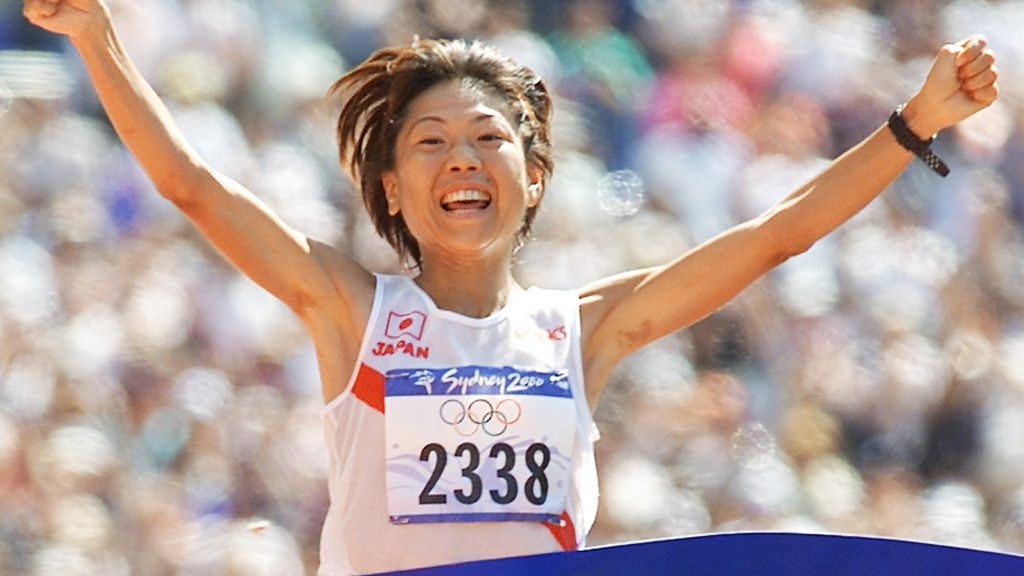 |
Marathon legend Naoko Takahashi. |
Nowadays, Ekiden races are often held for university or corporate teams. Among them, the Hakone Ekiden is the most famous. Held on New Year's Day, this race attracts the attention of millions of Japanese people, becoming an indispensable cultural and sporting event.
Thanks to the Ekiden system, Japanese athletes have built a solid foundation and achieved great success in international marathons in the past. In addition to the athletes who dominated the world record 80 years ago, the Ekiden system has also produced many outstanding athletes since then.
A typical example is Naoko Takahashi. She is one of Japan's most successful female athletes, an icon of Ekiden. Naoko won the gold medal at the 2000 Sydney Olympics, becoming the first Japanese female athlete to win an Olympic title in athletics. Takahashi is also the first female athlete in the world to run a marathon in under 2 hours and 20 minutes.
Mizuki Noguchi is also a famous female athlete who grew up in Ekiden. She followed in Naoko Takahashi's footsteps, winning the gold medal at the 2004 Athens Olympics and the 2025 Berlin Marathon.
Source: https://znews.vn/nguoi-chau-a-thong-tri-marathon-nho-dai-bang-tinh-than-post1586997.html



![[Photo] Standing member of the Secretariat Tran Cam Tu works with the Standing Committee of the Party Committee of the Ministry of Health](https://vphoto.vietnam.vn/thumb/1200x675/vietnam/resource/IMAGE/2025/10/10/1760079818773_image-4-6972-jpg.webp)


![[Photo] Unique Phu Gia horse hat weaving craft](https://vphoto.vietnam.vn/thumb/1200x675/vietnam/resource/IMAGE/2025/10/10/1760084018320_ndo_br_01-jpg.webp)
![[Photo] "Exposing letters" in the flood center of Lang Son](https://vphoto.vietnam.vn/thumb/1200x675/vietnam/resource/IMAGE/2025/10/10/1760080117518_ndo_br_z7101324112737-07cd4d1c01801a8ccf4ae0cbaf31c4a3-507-jpg.webp)
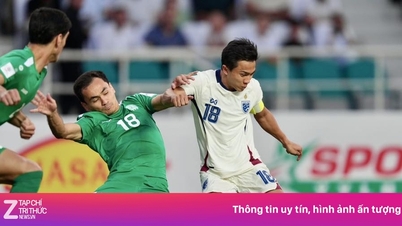












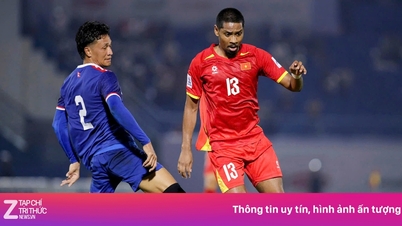


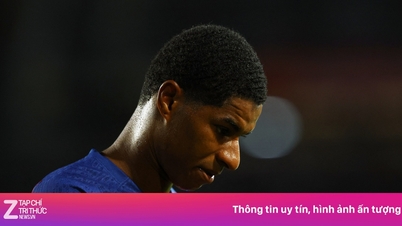





















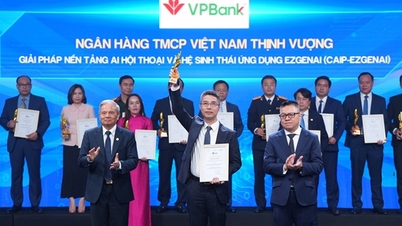










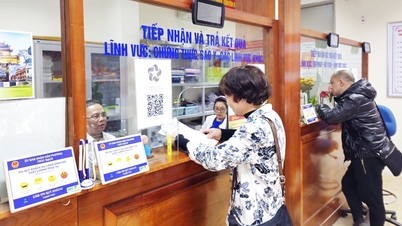














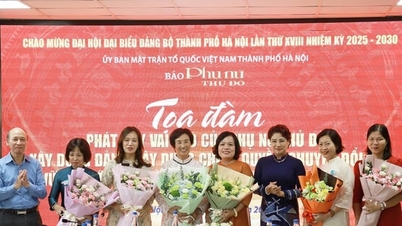





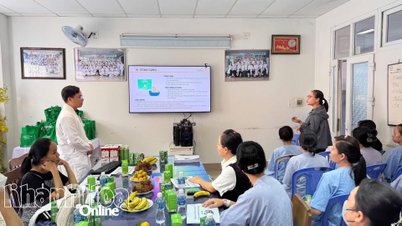















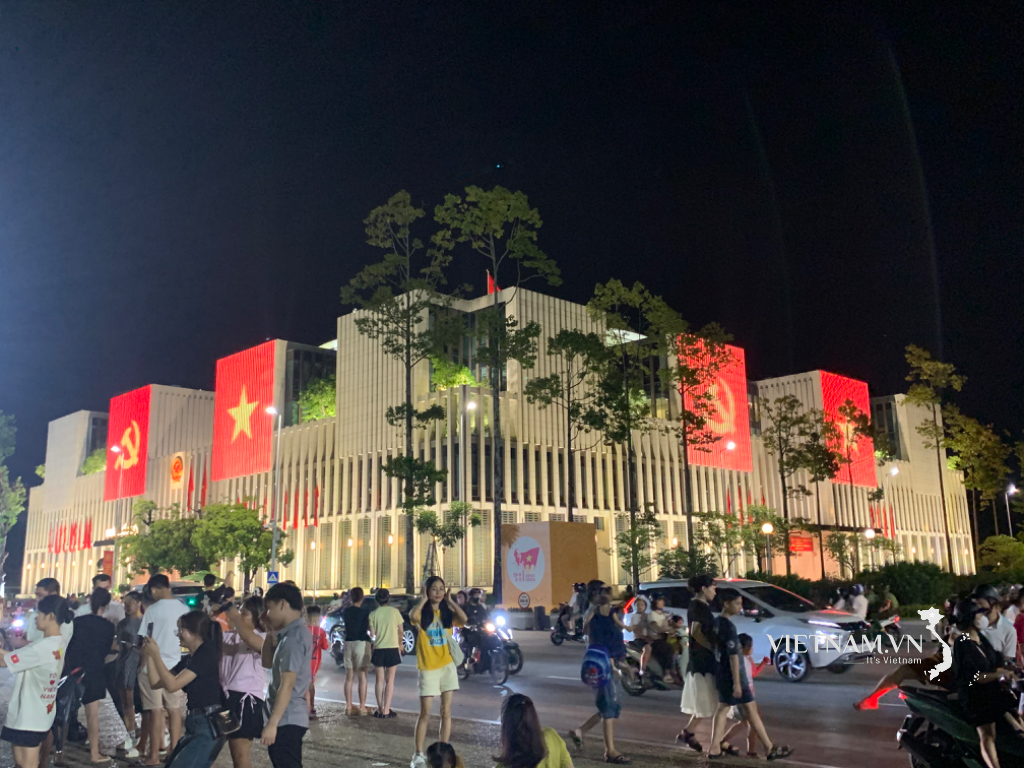


Comment (0)